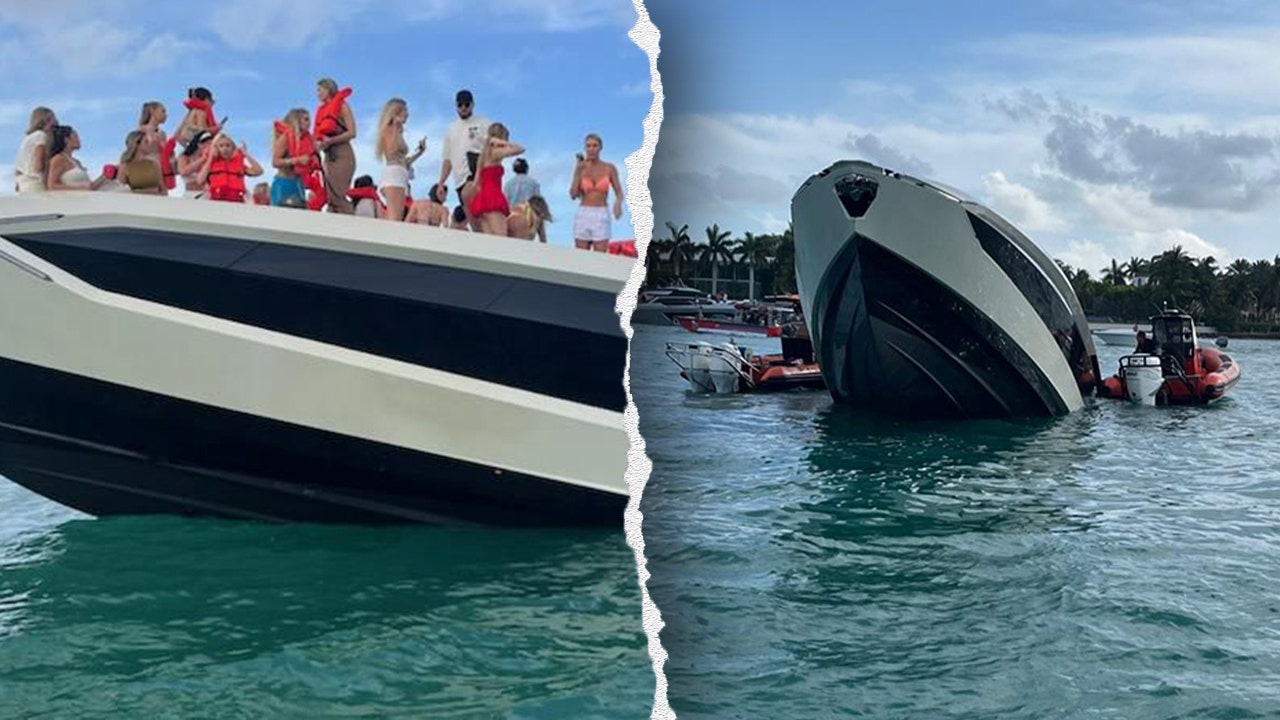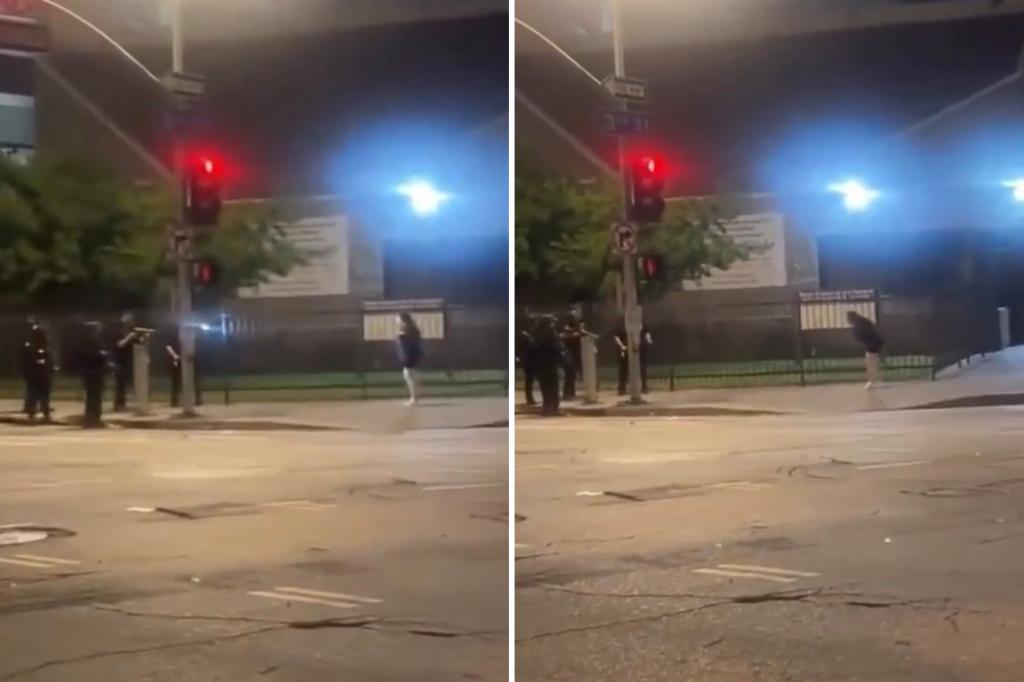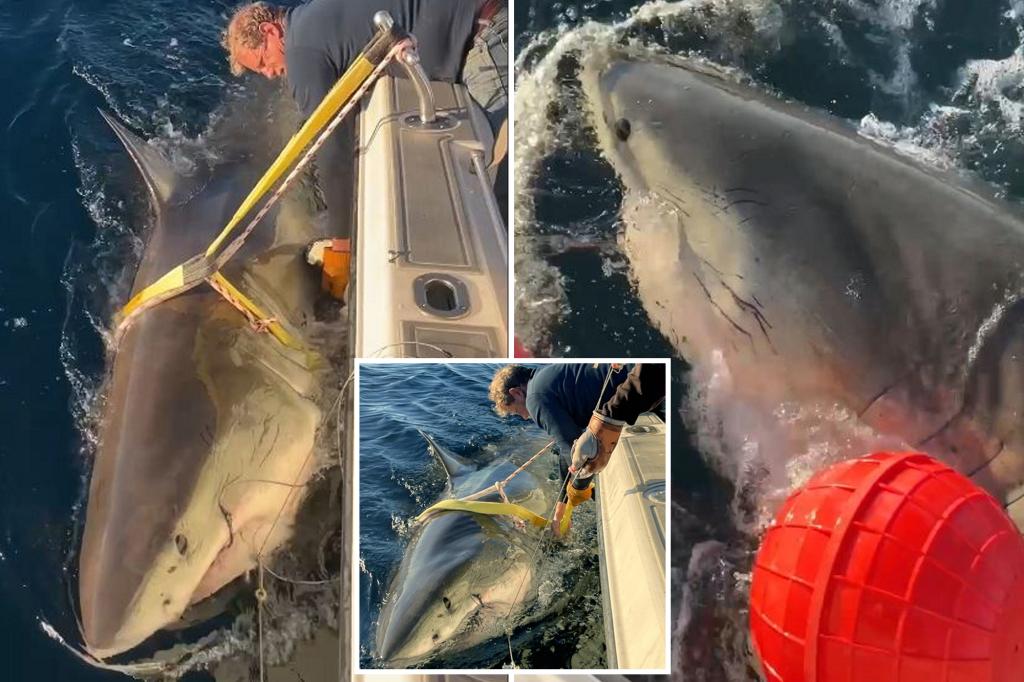Luxury Yacht Disaster: How a Million-Dollar Vessel Sank Off Miami Beach
A 120-foot luxury yacht carrying 32 passengers capsized and sank off Miami Beach on Tuesday afternoon, triggering a dramatic Coast Guard rescue operation. The vessel, named Opulence, encountered sudden engine failure before taking on water and submerging within minutes. While all aboard survived, the incident has reignited debates about maritime safety standards for high-end pleasure crafts.
Chaos at Sea: The Sinking of the Opulence
Witnesses described a scene of pandemonium as the $12 million yacht listed violently to starboard around 3:15 PM near Government Cut, a busy shipping channel. Miami-Dade Fire Rescue deployed five vessels alongside the Coast Guard to evacuate passengers, including several celebrities attending a private event. “One minute we were sipping champagne, the next we were clinging to life rafts,” recounted passenger Alicia Rivera, 34.
Marine traffic records show the Opulence had passed its annual safety inspection just three months prior. However, preliminary investigations suggest a combination of factors contributed to the disaster:
- Engine failure: The yacht’s twin 2,000-horsepower engines reportedly stalled simultaneously
- Ballast imbalance: Suspected uneven weight distribution exacerbated the listing
- Rogue wave: A 6-foot swell struck the vessel during emergency procedures
Safety Under Scrutiny: Are Luxury Yachts Riskier Than Commercial Vessels?
The incident highlights a growing concern among maritime experts. While commercial ships adhere to strict International Maritime Organization (IMO) protocols, private luxury yachts operate under varying standards. Data from the Marine Accident Investigation Branch reveals:
- Luxury yacht incidents increased 27% from 2018-2022
- Only 68% of yachts over 80 feet carry mandatory emergency position beacons
- Average crew training hours are 40% lower than commercial equivalents
“These floating palaces often prioritize aesthetics over safety redundancies,” asserted Captain Daniel Hargrove, a 30-year Coast Guard veteran. “A single point of failure shouldn’t send a modern vessel to the bottom in calm seas.”
The Human Factor: Crew Training and Passenger Preparedness
Survivor accounts reveal critical gaps in emergency response. Several passengers reported not receiving safety briefings, while crew members allegedly struggled to deploy life rafts efficiently. “We train for fires and medical emergencies daily, but abandon-ship drills get scheduled quarterly at best,” confessed a crewmember speaking anonymously.
Comparative analysis shows stark contrasts in preparedness:
| Metric | Commercial Cruise Ships | Private Luxury Yachts |
|---|---|---|
| Monthly Drills | 4-6 | 0-1 |
| Safety Staff Ratio | 1:25 | 1:50+ |
| EPIRB Compliance | 100% | 82% |
Industry Pushback and Regulatory Challenges
Yacht manufacturers argue that voluntary safety programs like the Passenger Yacht Safety Code (PYSC) suffice. “Our clients value discretion and comfort—excessive regulation would undermine the luxury experience,” contended Javier Montoya of SuperYacht Builders Association. However, Lloyd’s List Intelligence data shows only 43% of PYSC signatories submit to third-party audits.
The Miami incident may accelerate pending legislation. Representative Sheila Jackson (D-FL) has reintroduced the Luxury Vessel Safety Act, which would mandate:
- Annual stability testing for yachts over 60 feet
- Black box data recorders
- 72-hour emergency supplies for maximum capacity
What’s Next for Maritime Safety and Luxury Travel?
As salvage crews work to recover the Opulence from 85 feet of water, insurers estimate $9 million in losses. The incident serves as a wake-up call for an industry projected to grow 5.2% annually through 2030. For prospective yacht charterers, experts recommend:
- Verify SOLAS (Safety of Life at Sea) compliance
- Request documented crew training records
- Confirm emergency beacon functionality
“The ocean doesn’t discriminate between a cargo ship and a billionaire’s plaything,” warned National Transportation Safety Board member Dr. Lisa Yang. “Either we raise standards voluntarily, or tragedies will force our hand.” For updates on maritime safety reforms, subscribe to our coastal affairs newsletter.
See more CNET 247



